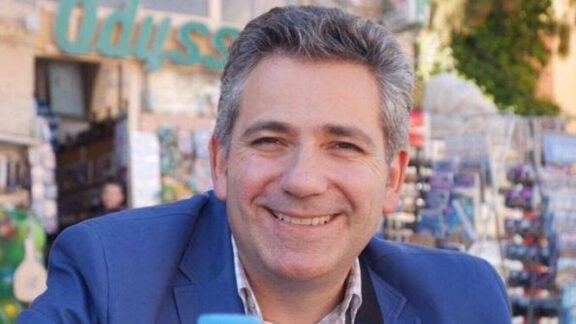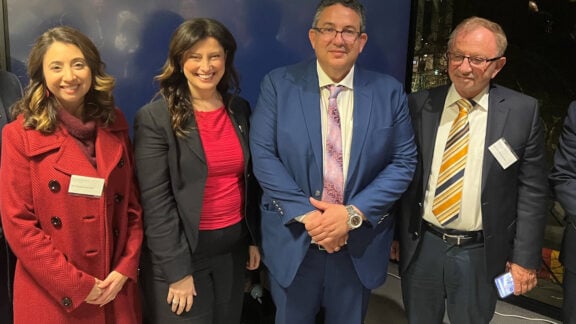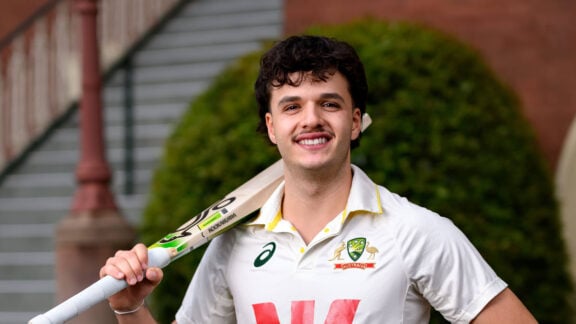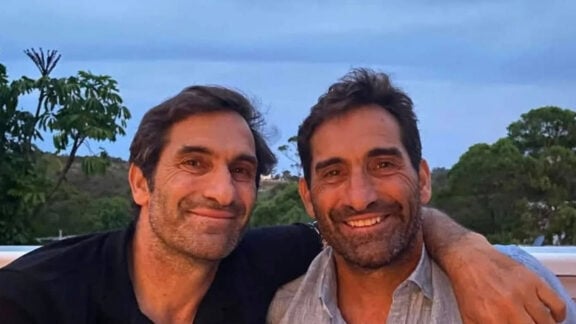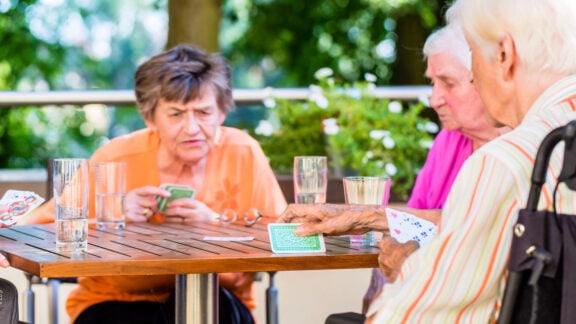The executive director of the Hospital Research Foundation, Olivia Nassaris is among 2000 participants in a first ever data-collection trial for Parkinson’s disease in Australia which is being run by her foundation in conjunction with South Australia’s Medical and Health Institute (SAMHRI).
Ms Nassaris said the foundation was providing $300,000 towards the research study, which she told the ABC, was “scanning both people living with Parkinson’s and then a control group of people living without Parkinson’s, so we can create a database of scans”.
Researchers believes there is a link to low dopamine levels in the brain am to use that knowledge in the data-collection study.
“We have injected people with fluorinated dopamine (F-DOPA) which highlights the dopamine in the brains and this is going to become a tool in the toolbox of diagnosis and treatment,” said Ms Nasssaris.
“In the future, once we build up this bio-bank of scans, it can actually be used as an effective way to treat Parkinson’s.”
She said that in coming years, researchers would be able to use the collected to data to develop a greater understanding of the disease.
‘There’s been a diverse range of people participating in the trial,” Ms Nassaris said. “To have this bio-bank of scans will be useful for clinicians.
“This bio-bank of data may diagnose people fast, get treatment sooner and live better.”
IN Australia, today more than 100,000 people are living with Parkinson’s disease which affects movement, learning and behaviour. Up to 32 Australians a day are diagnosed with Parkinson’s.
Parkinson’s patient Frank Jensen said he hoped the project would make help those living with the disease.
“If it can help future generations avoid Parkinson’s or get a bit of life with Parkinson’s then that’s fantastic,” Mr Jensen said. “I hope to get some of the benefits before my life comes to an end.”

